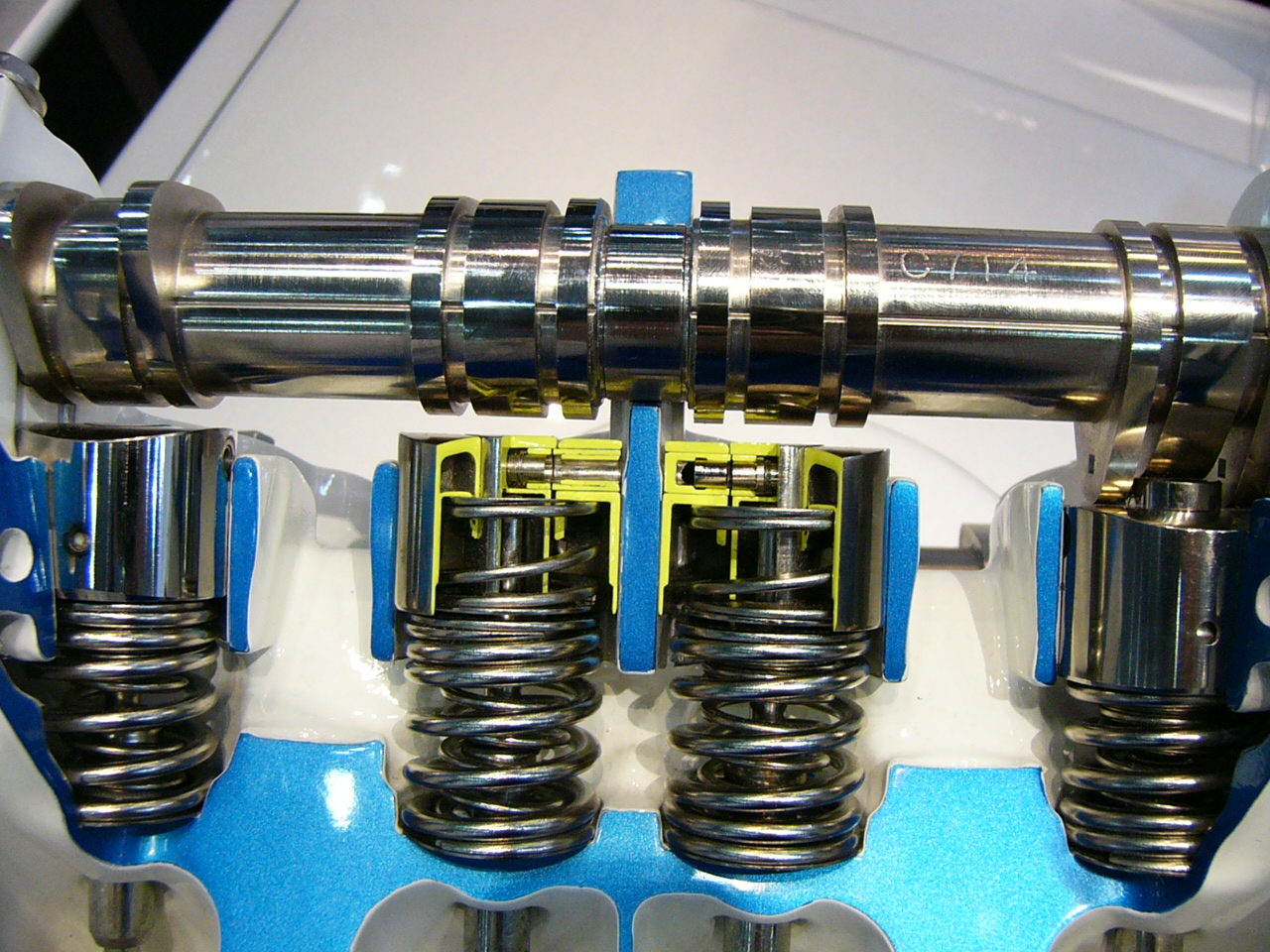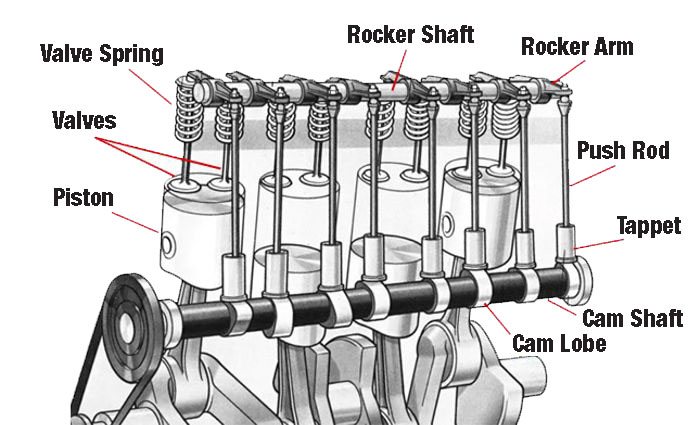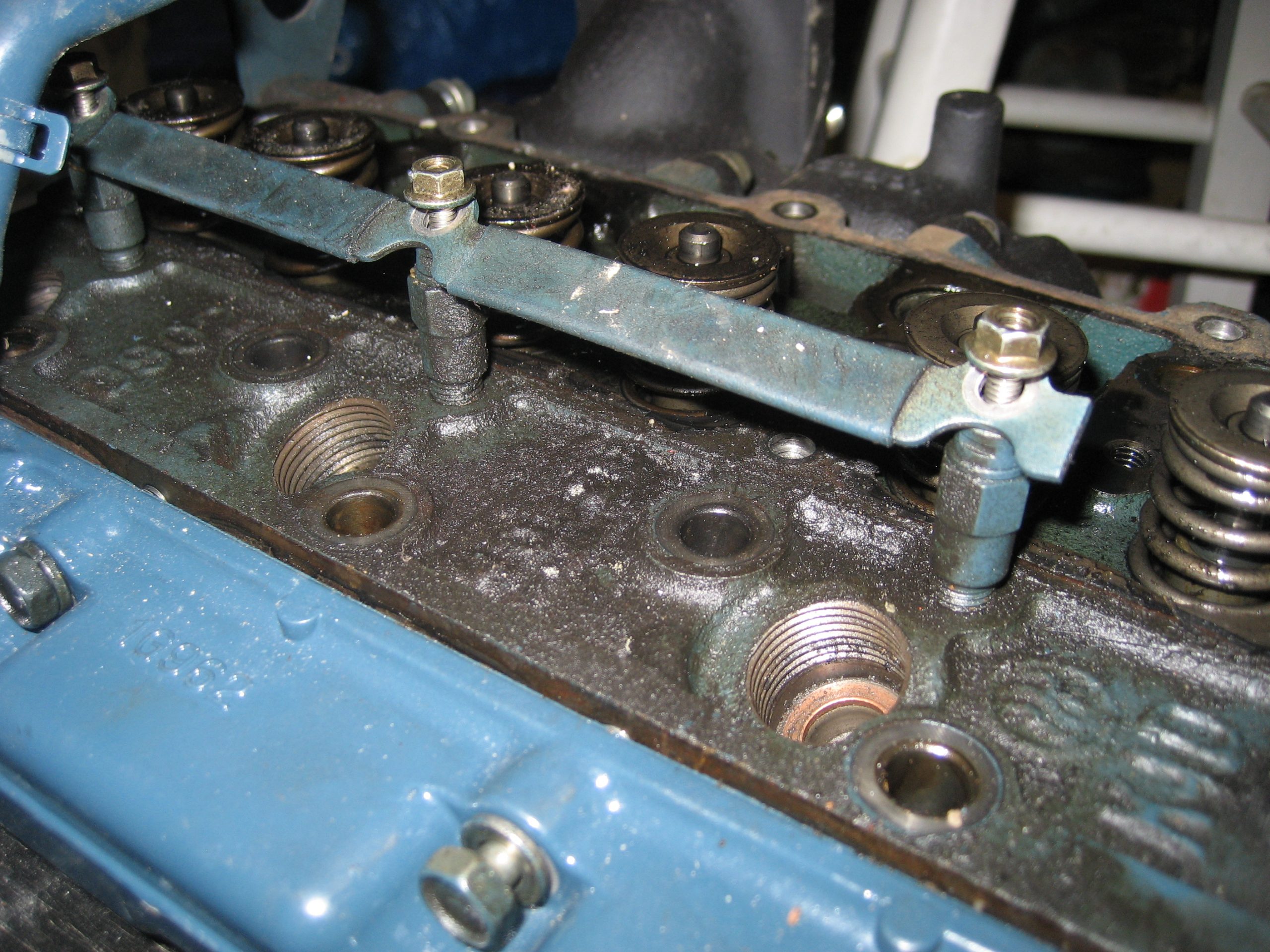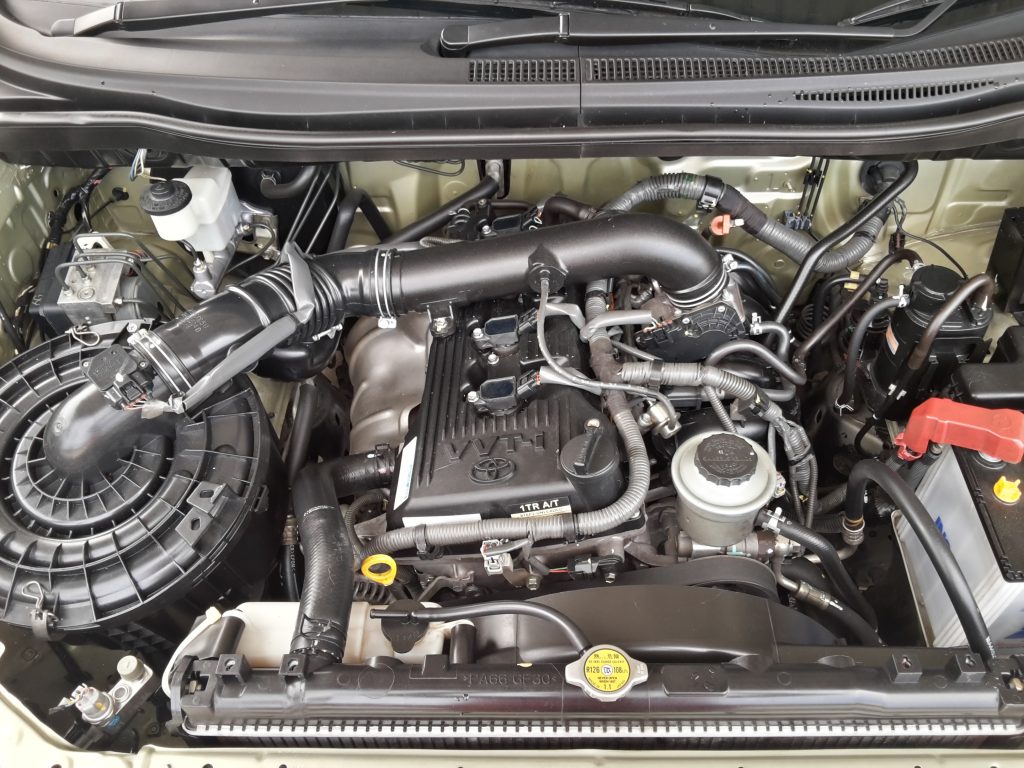Contents
– Top engine and slamming
– Engine slamming: in the lower engine
– Engine slamming: practical advice
Engine slamming is the driver’s worst fear, and, by definition, it plunges him or her into an abyss of questioning and anxiety. This blog will list below this phenomenon’s most common causes without claiming to give a complete answer.
High motor and slamming
The top engine represents the cylinder head and its components.
The possible causes of engine slamming can be hydraulic lifters, rocker arms or combustion noises.
Hydraulic lifters
These are the intermediaries between the valve stems and the camshaft. They are equipped with a hydraulic lash adjustment system. They are a cause of engine slamming when the hydraulic adjustment is malfunctioning. In this case, as a rule, the noise often appears when cold and may fade away when running hot.
Tappets

Remedy: replacement of all tappets (as many as there are valves for a 4-cylinder engine, 8 or 16). The cost is variable (~ $50 to $80 per tappet + labour).
Rocker arms

Rocker arms, too, have an operating clearance which can be:
– Without clearance adjustment, and equipped with hydraulic stops. These stops can generate slamming.
– With clearance adjustment (old generation motor):
◦ Either the operating clearance is not correct and emits a characteristic clatter. In this case, it is enough to adjust that clearance to solve the problem.
◦ Either the rocker arm and camshaft wear abnormally and produce engine knocking due to the ample clearance. Solution: replace camshaft and rocker arms (minimum cost: $500).
Combustion noises

They can be due to the following circumstances:
– in diesel, to defective glow plugs: the air temperature is insufficient, and the incomplete combustion produces knocking;
– in both diesel and gasoline: unsuitable combustion (early ignition, inappropriate fuel, faulty injector, etc.);
– a shifted distribution: the opening and closing of the valves are out of phase with the pistons’ position.
Engine slamming: in the lower engine
The lower engine is located in the engine block and consists of the moving parts (crankshaft, connecting rods, pistons).
Description of the prominent engine noises :
– Connecting rod slamming: the bearings between the connecting rod head and crankshaft are destroyed. This malfunction can lead to the breakage of the connecting rod, the crankshaft’s damage, and the breakage of the engine block. Solution: for this disaster scenario known to mechanics, the engine must be replaced (standard exchange).
– Piston pin noise: the piston pin has an abnormal play with the connecting rod, which is the slamming source. It is necessary to replace the piston-rod assembly with at least the de-icing of the cylinders. Experts often do not undertake this type of work and recommend replacing the lower engine or the entire engine (a heavy bill: a standard exchange engine for a 4-cylinder diesel vehicle costs about $1,500).
Engine knocking: practical advice
For optimum detection of engine noises and slamming, the essential tool is the mechanic’s stethoscope (identical to a medical device) or, failing that, a large screwdriver.
The frequency of the noise, for a trained ear, also allows to locate it, knowing that the camshaft turns at half speed of the crankshaft.
For more information:
– No one is immune to a breakdown or accident, so it’s best to be prepared. In this post, you’ll find out how to equip your car with essential safety items.
– Among the services offered in a long-term rental contract are maintenance, assistance, insurance, gas card and a replacement car.
– The car alternator is part of the electrical circuit and must function properly; otherwise, it will break down completely, hence the importance of its maintenance.


